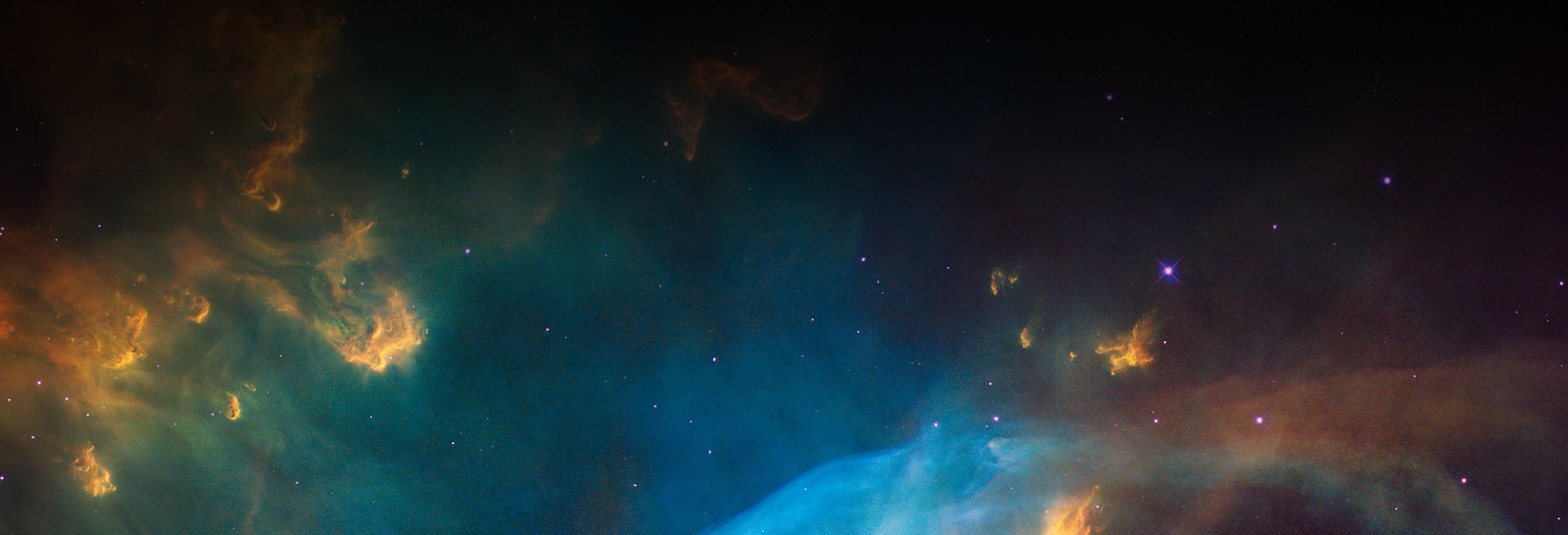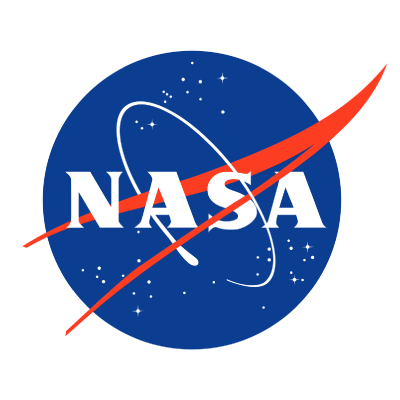Silicate mineralogy of martian meteorites
Papike, J. J., Karner, J. M., Shearer, C. K., Burger, P. V.(2009). Silicate mineralogy of martian meteorites. Geochimica et Cosmochimica Acta, 73(24), 7443-7485. https://doi.org/10.1016/j.gca.2009.09.008
Datasets
| number | title | Methods | variables analyzed | ||
|---|---|---|---|---|---|
| 2 | Average plagioclase (maskelynite) composition for each meteorite | EMP, CALC | K2O, ALBITE, Fe2O3, TOTAL, ORTHOCLASE, CaO, SiO2, MgO, Na2O, Al2O3, ANORTHITE | ||
| 3 | Average olivine composition for each meteorite | EMP | Al2O3, Co, Ni, Cr2O3, FeO, MgO, TOTAL, CaO, MnO, SiO2, TiO2 | ||
| 4 | Average pyroxene composition for each | EMP, CALC | TOTAL, Na2O, SiO2, ENSTATITE, Cr2O3, Fe2O3, CaO, WOLLASTONITE, FERROSILITE, TiO2, FeO, Al2O3, MgO, MnO | ||
Methods
| method name | laboratory | method comment | More details are available for the following variables | |
|---|---|---|---|---|
| CALCULATED | UNKNOWN | N/A | ||
| ELECTRON MICROPROBE | UNIVERSITY OF NEW MEXICO | JEOL 733 Superprobe equipped with a back-scattered electron detector, a thin-window energy dispersive spectrometer, and five WDS, all controlled by an Oxford eXL II analyzer system. Plagioclase analysis conditions: accelerating voltage of 15 kV, a beam current of 20 nA, and a beam diameter of 10 lm. A beam diameter of 10 lm minimized loss of vola- tile elements such as Na and K during feldspar analyses. OL & PX grains analyzed under the same conditions as plagioclase, except that the beam size 1 lm. |


